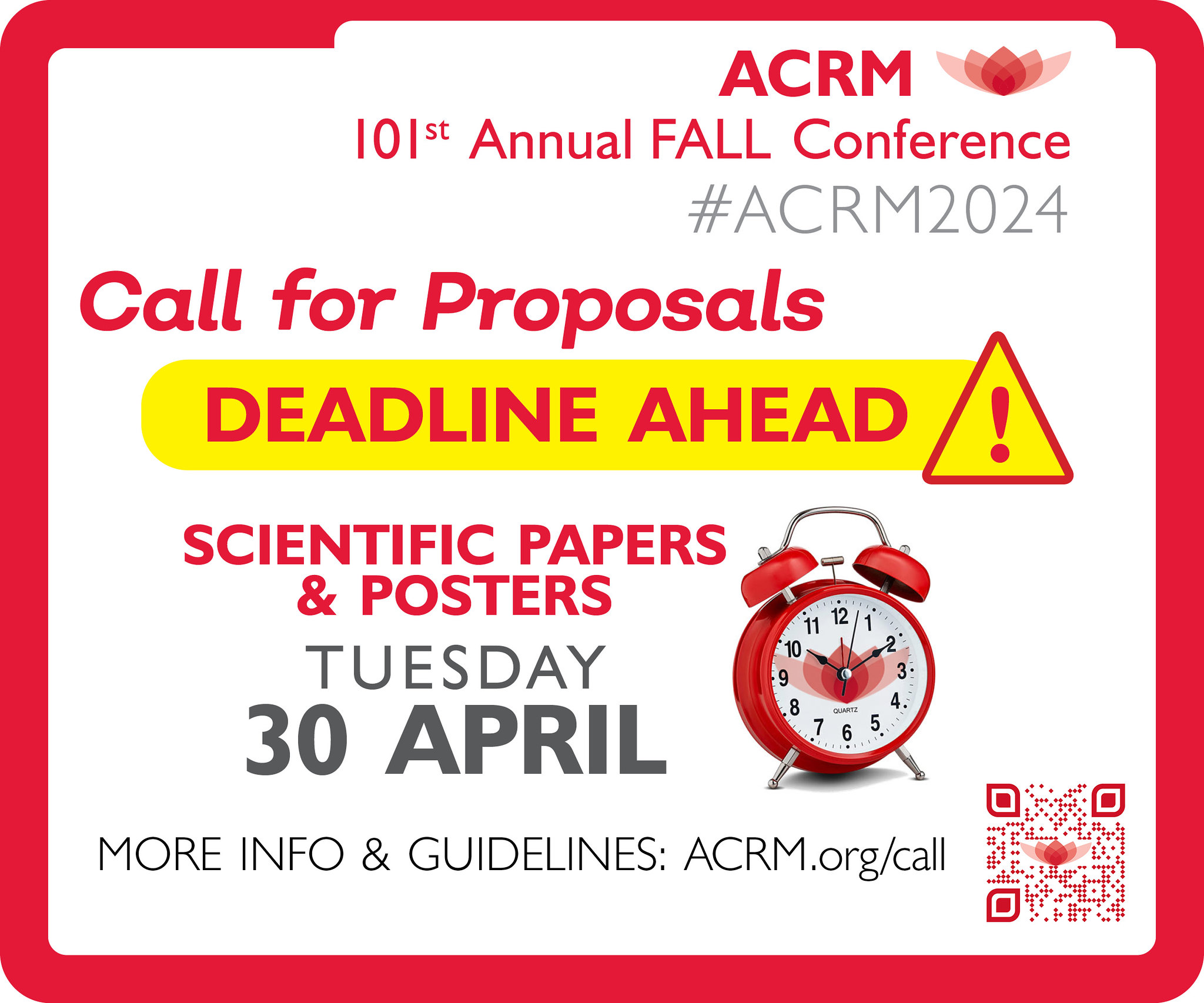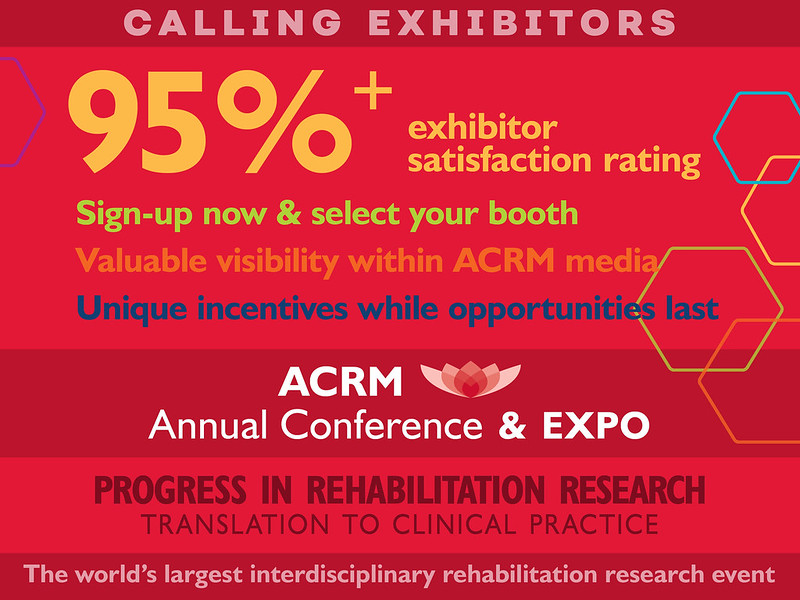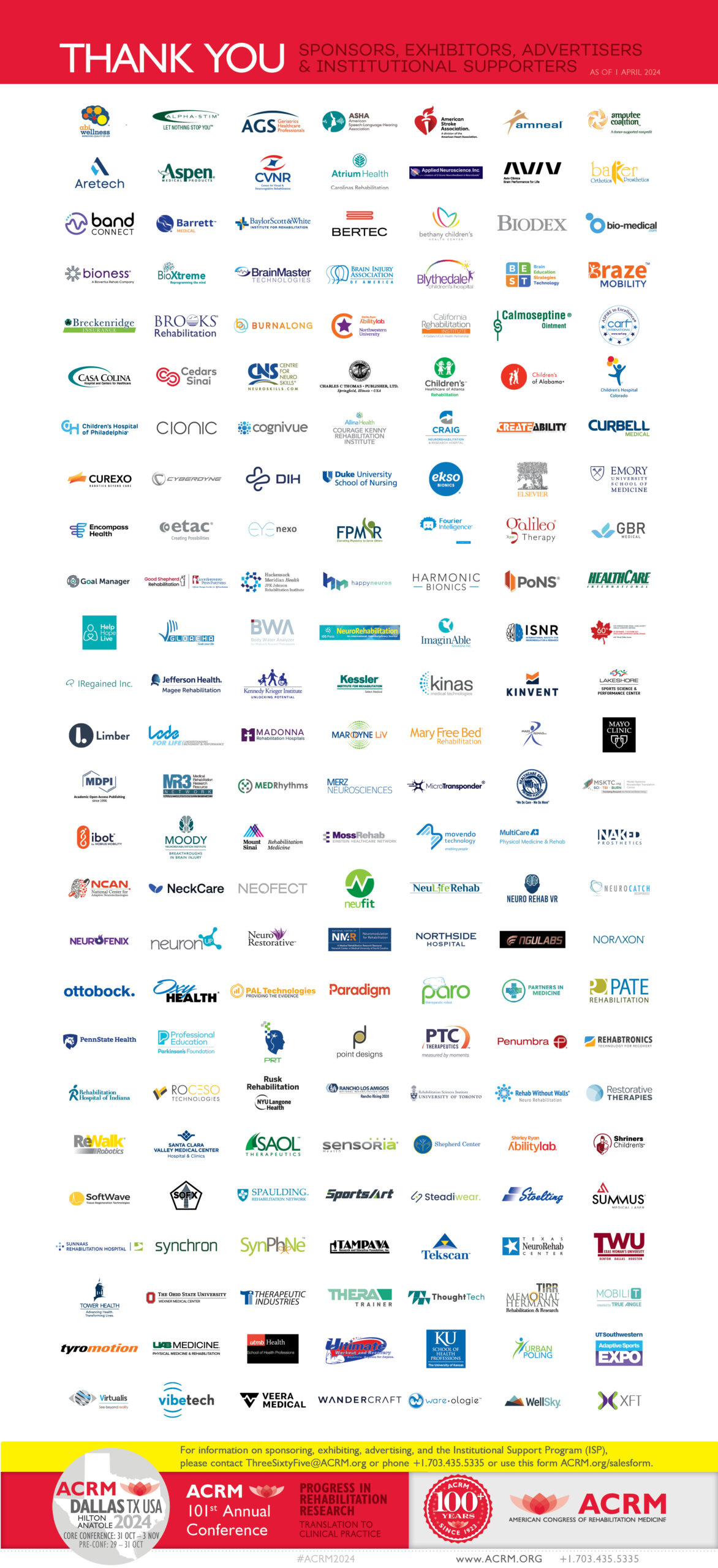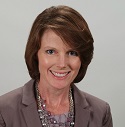
Jenny Bogner, PhD, ABPP, FACRM

Alan Weintraub
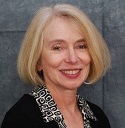
Tessa Hart
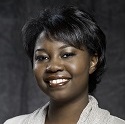
Monique R. Pappadis
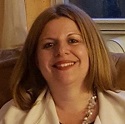
Kristine Kingsley
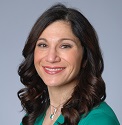
Dawn Neumann
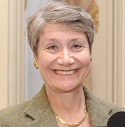
Donna Langenbahn
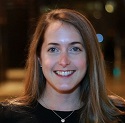
Kristen Dams-O’Connor
Dear BI-ISIG Colleagues,
By the time you read this, I will have passed the baton of Chair to Dr. Kristen Dams-O’Conner. I want you all to know how very honored I am that you entrusted me with the leadership of the BI-ISIG during these past 2 years. It was indeed “work worth doing.” I continue to be impressed and appreciative of the commitment to the BI-ISIG mission by the Task Force Chairs. The BI-ISIG’s influence and impact on the field of TBI rehabilitation falls primarily on the shoulders of the Task Forces. I am constantly amazed at the incredible work being done by BI-ISIG members. Somehow everyone finds some extra time in their day to pursue BI-ISIG collaborative projects for the good of the field and the people we serve.
I also want to pay special tribute to our outgoing Executive Committee. Alan Weintraub, MD, served his role as Treasurer with the goal to ensure that we preserve funds for the work of the BI-ISIG in the years to come. I appreciated his counsel throughout my tenure, as he sought to help balance current needs against potential future needs. In her role as Secretary, Tessa Hart, PhD was a central organizing force for our committee’s work. She often helped to identify defining issues that were key to the problem-solving process. She has a way of getting right to the point—no dilly-dallying for Tessa! Monique Pappadis, PhD served as our Early Career Officer and toward the end of the term, took on the role of Communications Officer. Monique’s perspective and the structure that she brought to scholarship procedures helped to ensure a fair process that is sensitive to the needs of early career members. She also extended the scholarship to consumers, an important initiative reflecting the underlying values of the BI-ISIG. Kristine Kingsley, PhD, served as the Communications Officer for nearly 4 years, and during that time made important additions to Moving Ahead and other communications. I found her interviews of BI-ISIG members to be a nice way to get to know each other a little bit better. Dawn Neumann, PhD constantly amazed me with her ability to manage all of the demands of the Program and Awards Officer position. She ensured that we had outstanding speakers for the BI-ISIG’s Chautauqua and other special symposia, a yearlong process of recruiting, selecting, and providing ongoing support for the speakers’ needs. At the same time, she went cross-eyed trying to reduce conflict in the annual conference program. She was equally devoted to the Awards component of her role, helping to ensure that we properly acknowledge those who have made outstanding contributions to the field. As Immediate Past-Chair Donna Langenbahn, PhD was my sage, the person I could count on to provide a historical context to current issues, and to offer an alternative perspective. Thank-you Donna, for your support and for being there when I needed you. Finally, Kristen Dams-O’Connor, PhD, our new Chair, has brought to the BI-ISIG the perspective of mid-career members who are seeking to balance the important work they do with the BI-ISIG against the demands of their ‘real work’ and home lives. With her incredible analytical mind and keen eye for the issues our patients face now and in the future, I think that our members, patients, and the research will greatly benefit from her leadership during the next two years.
Before I sign off, I want to put in a plug for the annual conference’s “Intensive Cross-Cutting Program” (formerly known as ‘Vertical Programming’). This is a pilot program to try a different way to schedule programming for the annual conference. Ultimately, we hope this program will reduce conflicts in scheduling, but the aim of the pilot is less lofty—to determine the acceptability of the program format to the attendees and speakers. The BI-ISIG is sponsoring one of the topic areas: “Changing the Narrative to Hope: Maximizing Brain Health, Function and Participation Following Brain Injury.” We are expecting that the program will extend across most of a day, be focused on a cohesive topic, and include symposia and brief paper presentations that will be grouped in time based on whether they involve a) presenting new findings or b) implementing evidence-based findings. Posters related to the topic will be viewed during lunch. In a sense, we will have a mini-program within the larger annual conference.
I urge you, please try to attend the program “Changing the Narrative to Hope: Maximizing Brain Health, Function and Participation Following Brain Injury” and provide your feedback.
Jenny Bogner, PhD, ABPP, FACRM
Chair, Brain Injury Interdisciplinary Special Interest Group (BI-ISIG)
Ohio Valley Center for Brain Injury Rehabilitation and Prevention, Ohio State University



